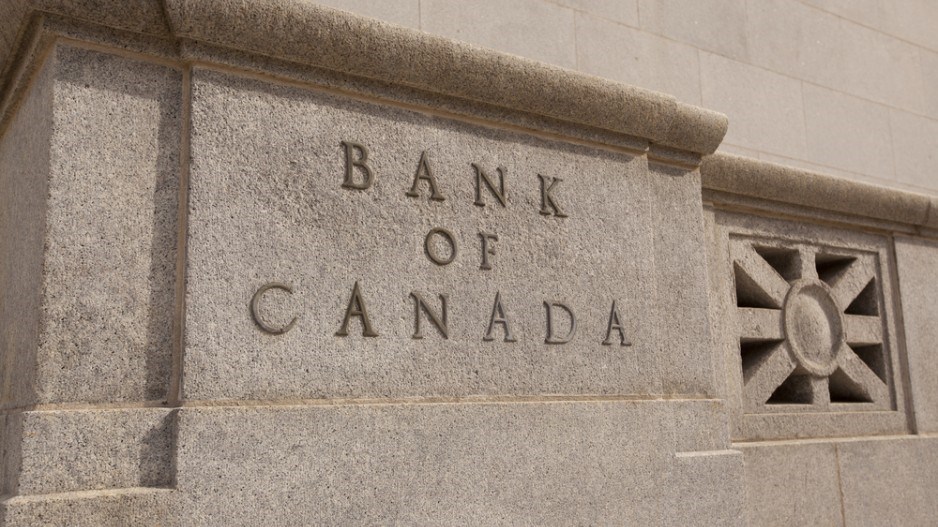As was widely expected by analysts, the Bank of Canada announced October 21 it is maintaining the overnight rate target at 0.5%, but global uncertainty and low oil and commodities prices have pushed the Bank’s forecast for growth down over the next couple years.
Inflation is evolving in line with Canada’s central bank’s previous forecasts, and the economy has rebounded after shrinking in the first half of 2015. However, the central bank said it expects GDP to grow 2% in 2016, down from the 2.3% previously forecast. In 2017, the growth projection has been downgraded from 2.6% to 2.5%.
“In non-resource sectors, the looked-for signs of strength are more evident, supported by the stimulative effects of previous monetary policy actions and past depreciation of the Canadian dollar,” the Bank said in a release.
“However, lower prices for oil and other commodities since the summer have further lowered Canada’s terms of trade and are dampening business investment and exports in the resource sector.”
The outlook could be altered by changes implemented by the newly elected Liberal government, however, according to BMO Economics’ Douglas Porter.
“It’s important to note that their economic forecast assumes fiscal policy as it is now configured, and would make no allowances for the hefty spending proposed by the incoming federal government, which we figure could give a lift to 2016 of around 0.5 percentage points,” Porter said in a note to investors.
The economic rebound in the second half of the year will be supported by growth in non-resource sectors, the Bank said.
“The Bank judges that the risks around the inflation profile are roughly balanced,” the central bank said. “Meanwhile, as financial vulnerabilities in the household sector continue to edge higher, risks to financial stability are evolving as expected.”
Porter points out that the wording of this statement is “noteworthy.”
“Note that it wasn’t long ago where the Bank was suggesting household finances were ‘evolving constructively,’ but now the vulnerabilities are edging higher,” he said.
The global economy has been growing at a rate that was slower than anticipated, the Bank said, but it is still expected to strengthen over the next two years.
“Uncertainty about China’s transition to a slower growth path has contributed to further downward pressure on prices for oil and other commodities,” the central bank said. “These factors are weighing on growth in many emerging markets and some other economies.
“Looking ahead to 2016 and 2017, the positive effects of cheaper energy and broadly accommodative financial conditions should become increasingly evident.”
Total CPI inflation is at the bottom of the Bank’s target range due to the drop in consumer energy prices and core inflation is near 2% as the drop in the Canadian dollar is offsetting an increase in economic slack.
The downgrade to economic growth projections “set a more modest bar for the economy to pass,” according to CIBC Economics’ Nick Exarhos, meaning the Bank is less likely to decrease the overnight rate further.
“In justifying the current accommodative stance, the statement highlights still-weak commodity prices and weaker-than-expected global growth, and maintains that ‘underlying’ inflation is tracking well under 2%.
“All told, nothing that the market wouldn’t have been expecting, and as such shouldn’t see much market reaction.”
The Canadian dollar dropped six-tenths of a cent after the central bank’s announcement of a downgrade to its economic forecast, reaching 76.29 cents U.S. as of press time.
The Bank of Canada’s next scheduled rate announcement is December 2.




